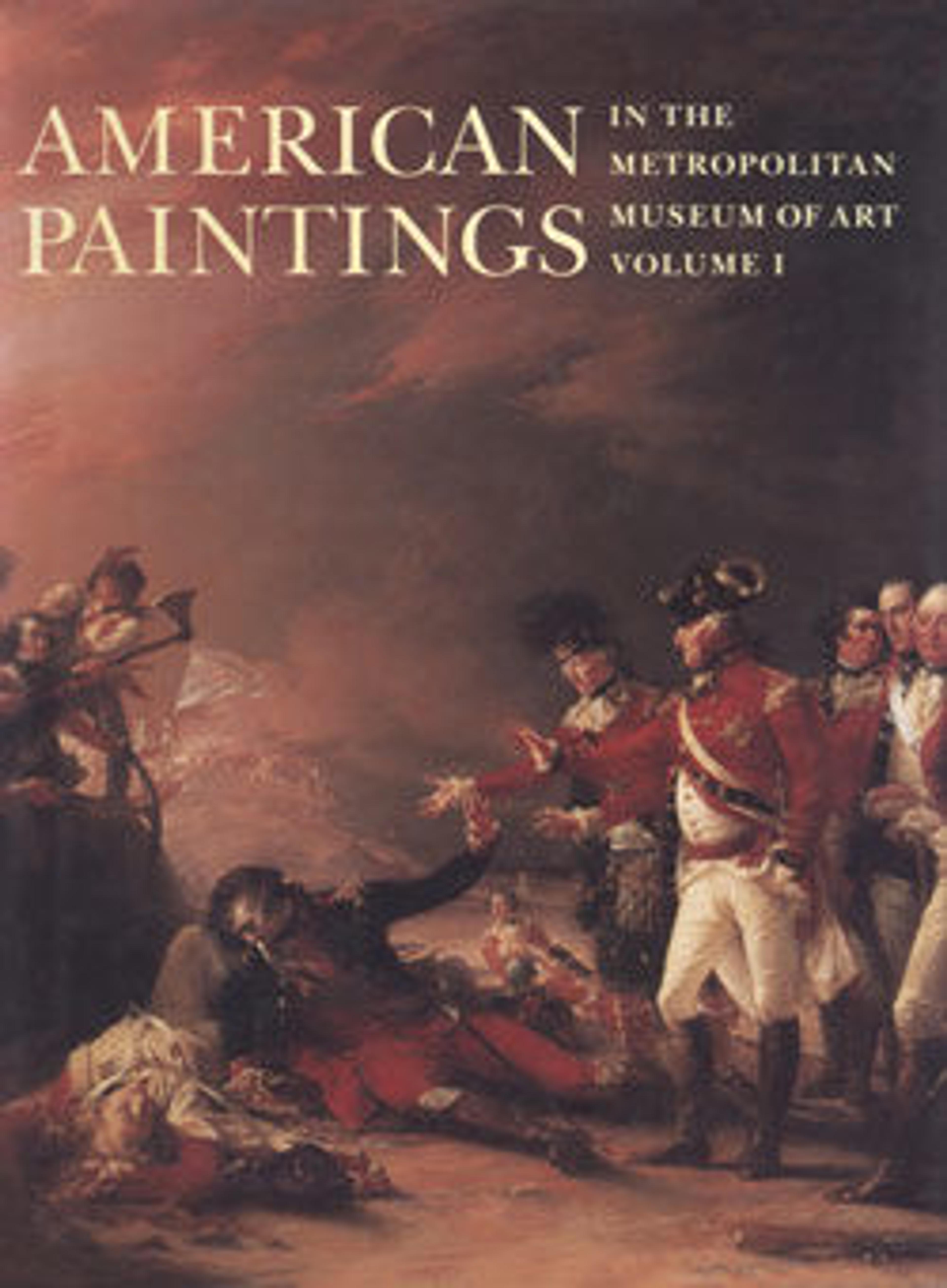Stage Fort across Gloucester Harbor
Lane returned to his native Gloucester from Boston in 1848. His works of the 1850s and 1860s are successively purged of genre and topographical elements, becoming increasingly spare and essential. By 1862, Lane had engineered a seamless, self-effacing style, possibly influenced by the works of Martin Johnson Heade. Stage Fort, once the site of military fortifications, sits on an arching land form used to lead the viewer's eye into the glowing, lucid, and almost eerily still distance. Despite the disjuncture between the virtually surreal, meticulously painted foreground and the sheer plane of water near the horizon, this work marks the transition to Lane's final, taut, elemental style. The painting's disquieting stasis, even with its hopeful pink and golden glow, creates a hermetic, elegiac mood found in many of Lane's late works.
Artwork Details
- Title:Stage Fort across Gloucester Harbor
- Artist:Fitz Henry Lane (formerly Fitz Hugh Lane) (1804–1865)
- Date:1862
- Culture:American
- Medium:Oil on canvas
- Dimensions:38 x 60 in. (96.5 x 152.4 cm)
- Credit Line:Purchase, Rogers and Fletcher Funds, Erving and Joyce Wolf Fund, Raymond J. Horowitz Gift, Bequest of Richard De Wolfe Brixey, by exchange, and John Osgood and Elizabeth Amis Cameron Blanchard Memorial Fund, 1978
- Object Number:1978.203
- Curatorial Department: The American Wing
More Artwork
Research Resources
The Met provides unparalleled resources for research and welcomes an international community of students and scholars. The Met's Open Access API is where creators and researchers can connect to the The Met collection. Open Access data and public domain images are available for unrestricted commercial and noncommercial use without permission or fee.
To request images under copyright and other restrictions, please use this Image Request form.
Feedback
We continue to research and examine historical and cultural context for objects in The Met collection. If you have comments or questions about this object record, please contact us using the form below. The Museum looks forward to receiving your comments.
